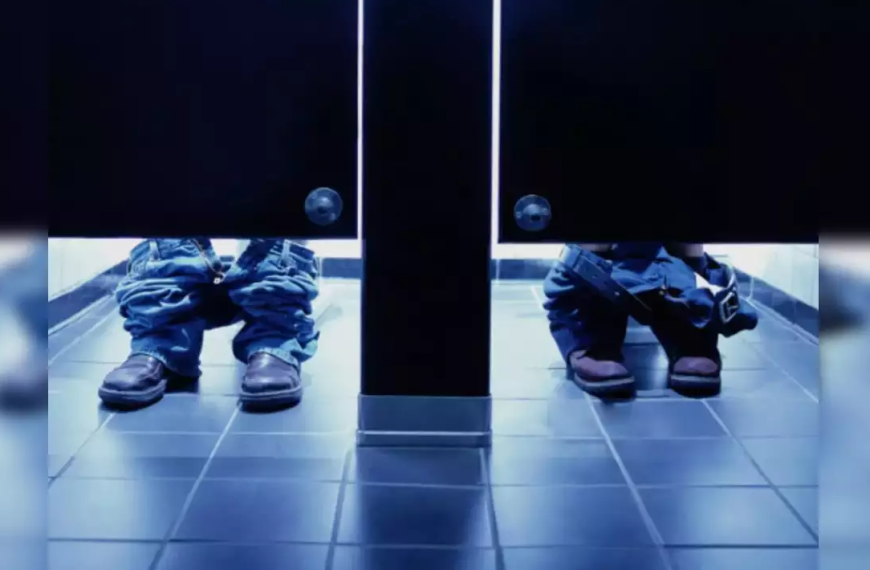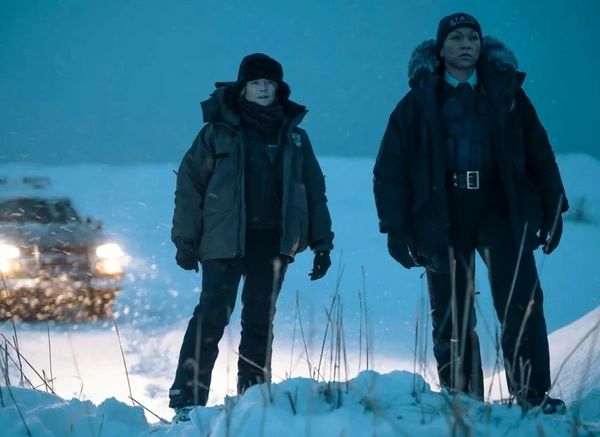Women have created many things we use today, even though they didn’t always get credit for it. Here are some of the top inventions made by women throughout history, like the paper bag, windshield wipers, circular saws, and more.
Paper Bags
In 1868, Margaret Knight, a cotton mill worker, invented a machine to make paper bags with a flat square bottom. Before that, paper bags looked more like envelopes. A man named Charles Annan tried to patent her idea first, but Knight filed a lawsuit and won the patent in 1871.
Foot-Pedal Trash Cans
Lillian Gilbreth made improvements to existing inventions by adding clever tweaks. In the early 1900s, she created shelves inside refrigerator doors, made the can opener easier to use, and introduced a foot-pedal trash can for tidier cleaning. Gilbreth is best known for her work in efficiency management and ergonomics alongside her husband, Frank. Their home and work collaborations were humorously depicted by two of their 12 children, Frank Jr. and Ernestine Gilbreth, in the book Cheaper by the Dozen.
Monopoly
Elizabeth Magie made a game called The Landlord’s Game to teach people about an economic theory called Georgism. The game showed how unfair it is when people grab land, the problems with renting, and why there should be a single tax on landowners. Magie patented the game in 1904 and published it herself in 1906. Almost 30 years later, a man named Charles Darrow changed the game’s design and message and sold it to Parker Brothers as Monopoly. The company bought Magie’s patent for the original game for $500 and didn’t give her any royalties.
Windshield Wipers
When Mary Anderson invented the first manual windshield wipers in 1903, many drivers didn’t believe they were safe. They thought it was better to drive with rain and snow blocking their view than to use a lever to clear it. Another woman inventor, Charlotte Bridgwood, made an automatic version with an electric roller in 1917, but it wasn’t popular either. However, by 1920, when Anderson’s patent ended, windshield wipers became more common. Cadillac was the first to put them in all their car models, and other companies did the same soon after.
Disposable Diapers
Marion Donovan didn’t completely eliminate the mess of diaper changing when she patented the waterproof “Boater” in 1951. But she made a big difference for parents and babies. The waterproof diaper cover, first made with a shower curtain, was sold at Saks Fifth Avenue. Donovan sold the patent to the Keko Corporation for $1 million. Later, she created a completely disposable diaper model, but couldn’t find a manufacturer to make it. Pampers came out in 1961, and her original invention is seen as the start of disposable diapers.
Dishwashers
Invented in 1886, the first dishwasher used high water pressure, a wheel, a boiler, and a wire rack similar to the ones we still use for drying dishes. Josephine Cochrane, the inventor, never used it herself, but it helped her servants with their chores.
Liquid Paper
Before computers had a delete key, secretary Bette Nesmith Graham found a way to fix her typing mistakes. She used white tempera paint to cover them up. She worked on perfecting the formula in her kitchen for years before patenting Liquid Paper in 1958. Gillette bought her company in 1979 for $47.5 million.
Alphabet Blocks
Today’s kids probably don’t read books by anti-suffrage author Adeline D.T. Whitney, but they still play with the wooden blocks she patented in 1882 to learn their ABCs.
Signal Flares
Before, ships could only communicate using colored flags, lanterns, and shouting loudly. Martha Coston didn’t invent signal flares all on her own. She discovered plans in a notebook left by her deceased husband, who was a naval scientist. She worked for 10 years with chemists and pyrotechnics experts to bring the idea to life. However, when the patent was granted in 1859, only Mr. Coston was credited as the inventor, with Martha named as the administrator.
Submarine Telescopes and Lamps
There’s not much detailed information available about early inventor Sarah Mather. However, her invention from 1845—a telescope and lamp combo for submarines—shows her ingenuity.
Folding Cabinet Beds
Sarah E. Goode’s folding cabinet bed didn’t just save space in small homes. In 1885, it also made her one of the first Black women to receive a U.S. patent. Martha Jones was the first Black woman to receive a patent in 1868 for her cornhusker design. Goode’s desk could be used during the day and then folded down into a bed for sleeping at night. The Murphy bed, a similar invention, came about around 15 years later.
Computers
Grace Hopper is a role model for women in computer science. In 1944, she and Howard Aiken worked on Harvard’s Mark I computer, which was a massive machine. Hopper created the compiler, a tool that changed written language into computer code. She also came up with the terms “bug” and “debugging” when she had to fix problems caused by moths in the machine. Additionally, in 1959, Hopper helped develop COBOL, one of the earliest programming languages.
Video Home Security Systems
If you’re into modern security systems, you might be amazed to learn that the first home security system with built-in video was actually invented back in 1966 by Marie Van Brittan Brown. She worked on it with her husband Albert Brown, who was an electronics technician. Together, they came up with a system that included a sliding camera, two-way microphones, TV screens, and four peepholes. Their system also had an emergency button that Marie could press if something went wrong to alert the police, as well as a remote to unlock doors.
According to the Massachusetts Institute of Technology (MIT), Brown’s system was the first time a closed-circuit television was used for home security purposes. They were granted a patent for their design in 1969.
The Dover Solar House
Biophysicist Maria Telkes played a key role in creating the very first fully solar-powered house. Back in 1947, the Hungarian scientist invented the thermoelectric power generator to heat the Dover Sun House, which was a unique wedge-shaped building she designed together with architect Eleanor Raymond. Telkes used a substance called Glauber’s salt to store heat so that it could be used on days without sunlight. The Dover House managed to withstand nearly three winters in Massachusetts before the heating system stopped working.









